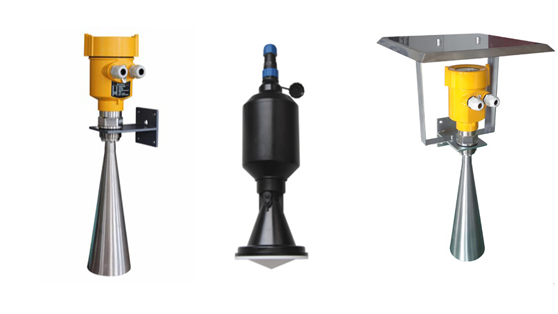In modern water conservancy project management, accurate water level measurement is essential to ensure the effective use of water resources and reservoir safety.
As an advanced water level measurement technology, radar level gauges are increasingly used in reservoir water diversion, significantly improving the efficiency and accuracy of water level monitoring.

Radar level meters are based on microwave radar technology. They measure the distance from the liquid surface to the sensor by emitting microwave signals and receiving their reflected waves.
This non-contact measurement method not only provides high-precision data, but also avoids water pollution and corrosion problems, ensuring the long-term stable operation of the equipment.
Compared with traditional float or pressure level meters, radar level meters have the advantages of easy installation, low maintenance cost, and adaptability to various climatic conditions.
In the water diversion link of the reservoir, radar level meters are mainly used to monitor the water level changes of the reservoir in real time.
By continuously tracking the water level, managers can timely understand the water storage capacity and water supply demand of the reservoir, so as to reasonably allocate water resources and optimize the comprehensive utilization efficiency of power generation, irrigation, water supply, etc.
In addition, radar level meters can also warn of abnormal water level fluctuations, provide data support for flood control and disaster reduction, and ensure the ecological security of downstream areas and the safety of people’s lives and property.

Radar level gauges improve reservoir management in the following ways:
1. Accurately control water volume:
The high-precision data provided by radar level gauges enables reservoir managers to more accurately control water output, which not only meets downstream water demand but also avoids water waste.
2. Improve emergency response capabilities:
In extreme weather or emergency situations, radar level gauges can quickly respond to water level changes, provide real-time data to decision makers, and shorten emergency response time.
3. Optimize operation and maintenance:
Due to the non-contact nature of radar level gauges, the frequency of on-site operations by maintenance personnel is reduced, which reduces operating costs and increases the service life of the equipment.

With the continuous advancement of technology, radar level meters will become more intelligent and networked in the future.
Radar level meters with integrated wireless transmission functions can realize remote monitoring and analysis of data, and combined with cloud computing, big data and other technologies, further improve the intelligent level of reservoir management.
At the same time, the application of new materials and designs will make radar level meters more durable and adapt to the challenges of more complex environments.
